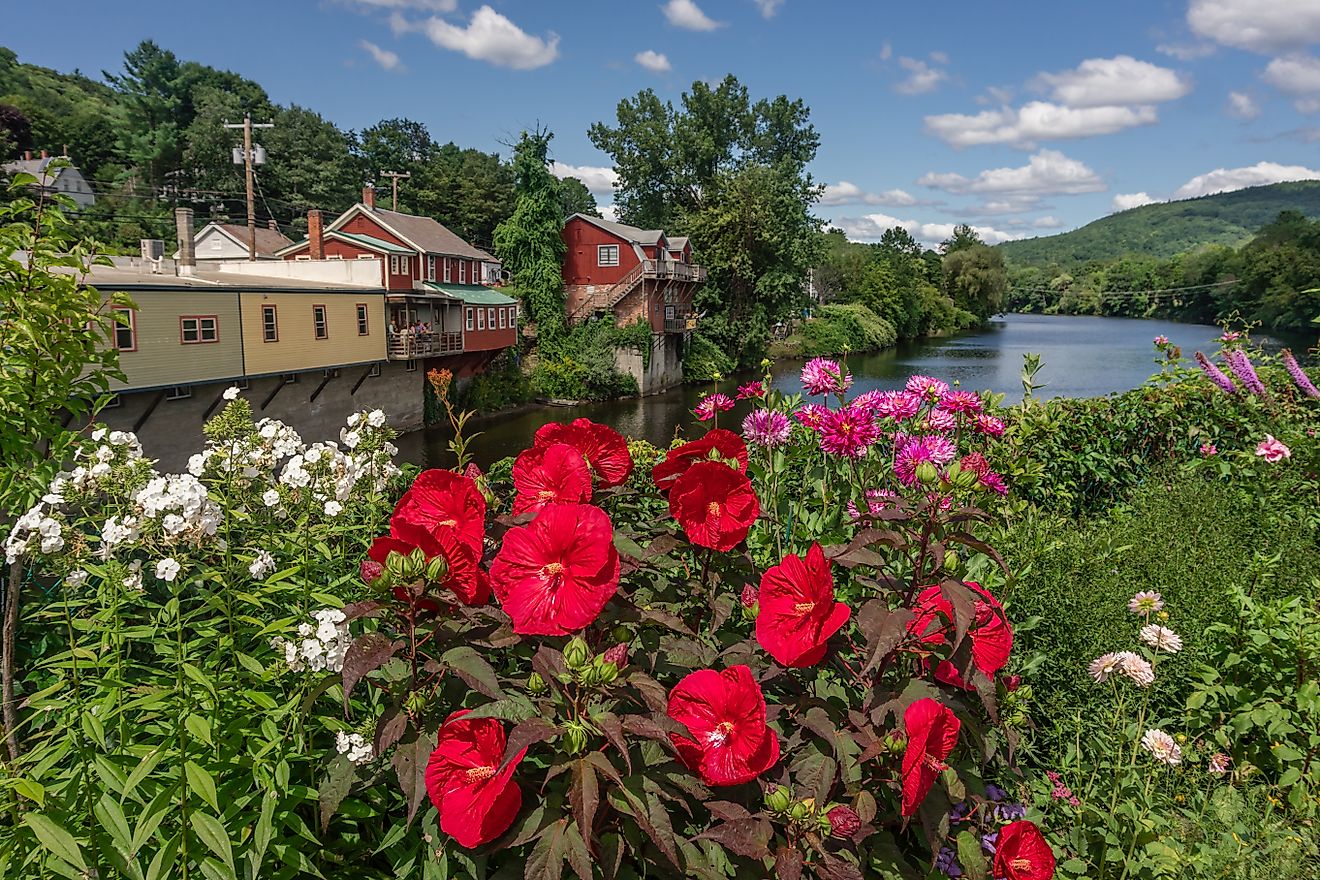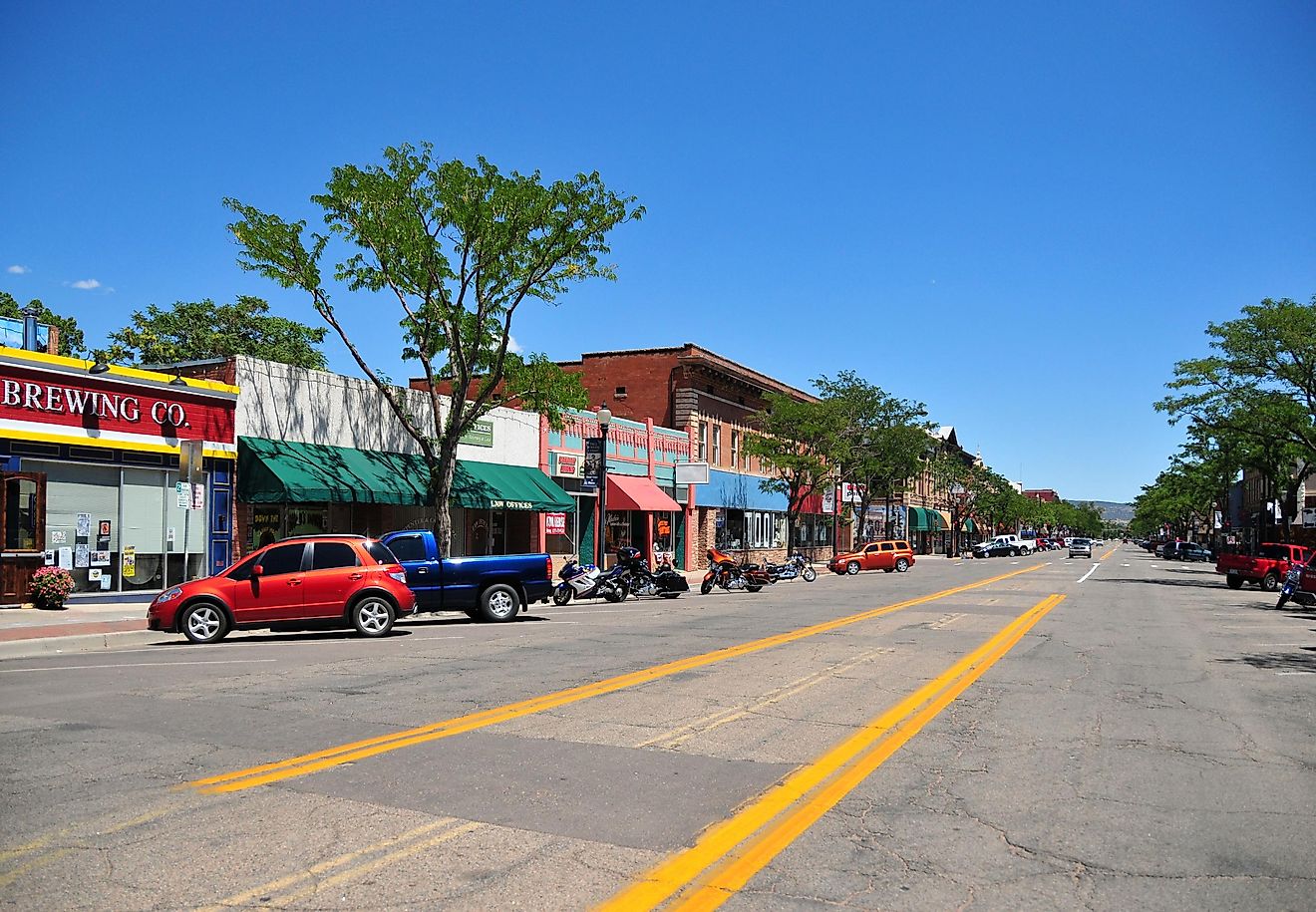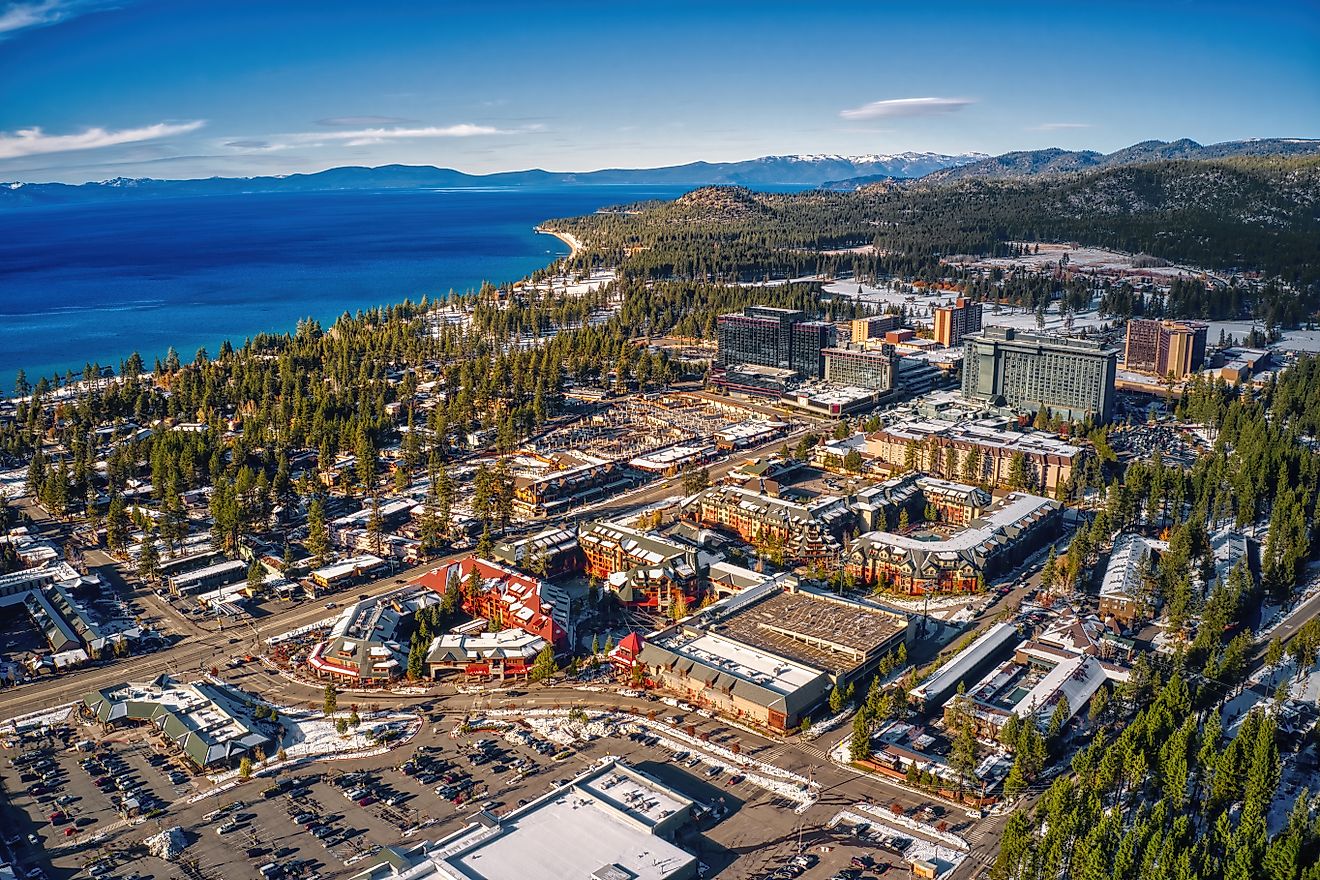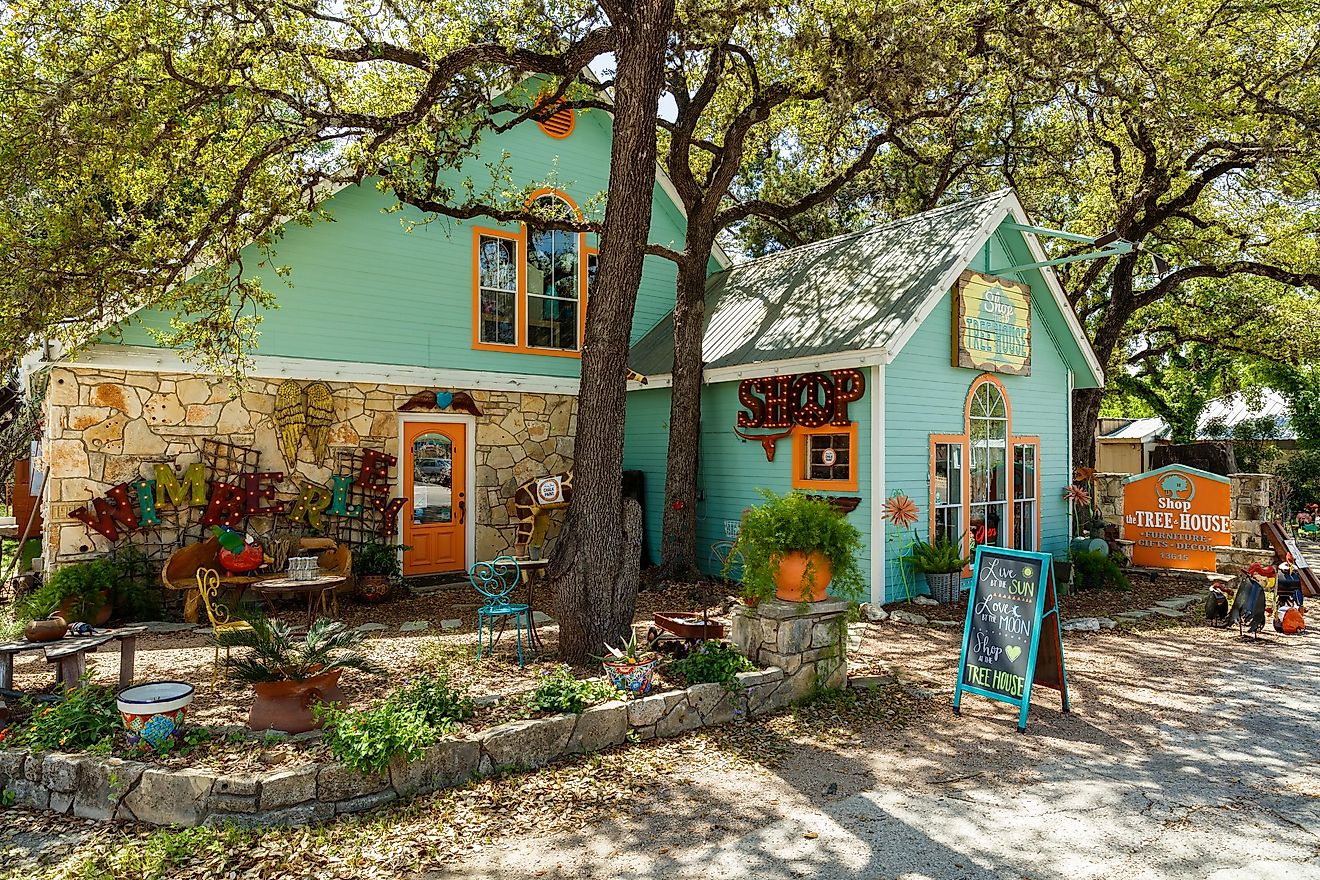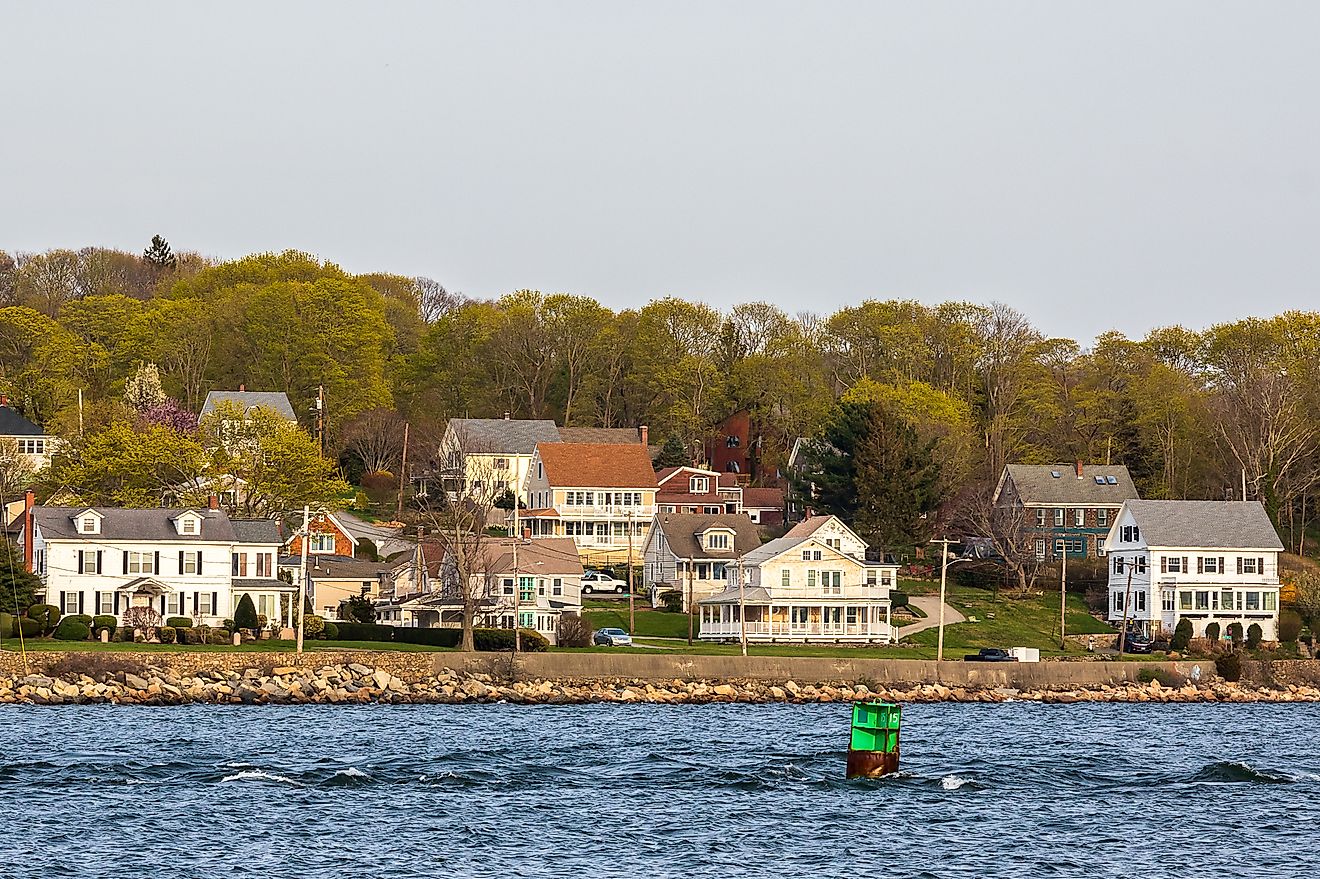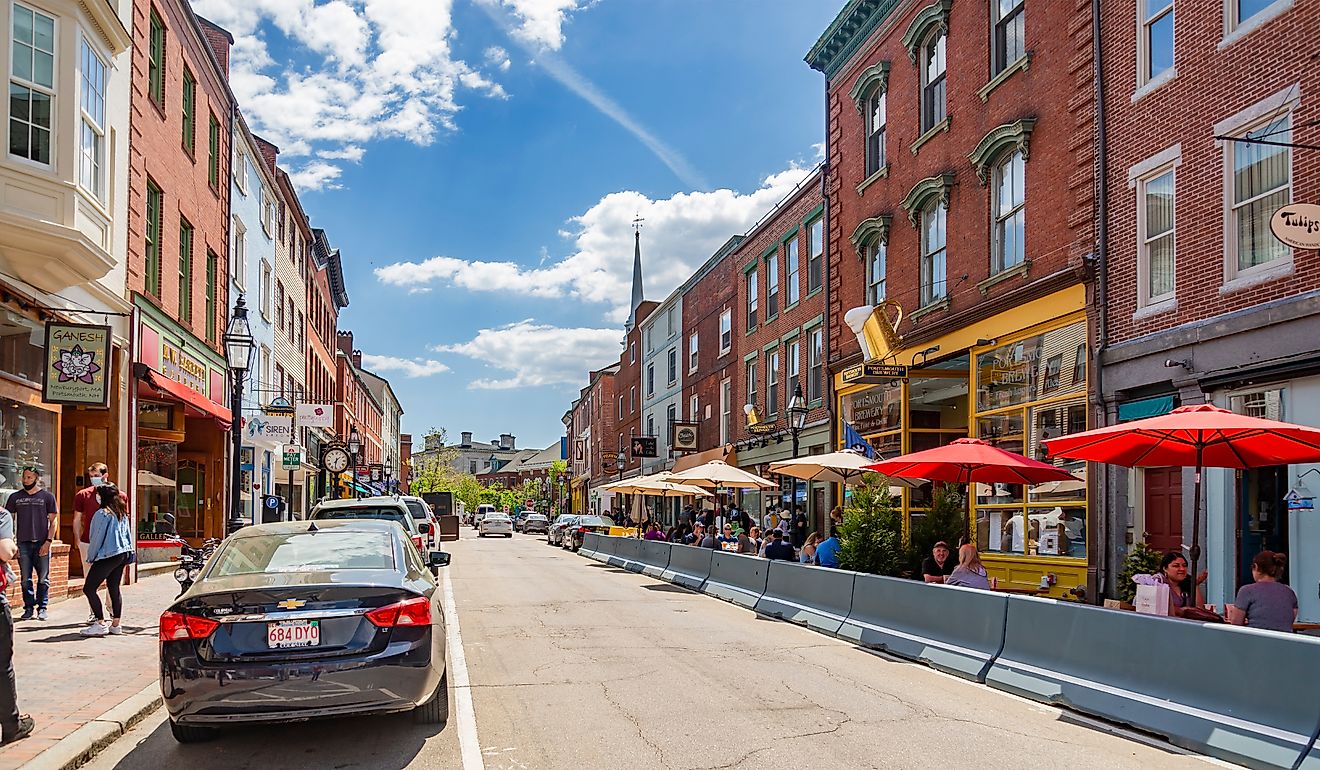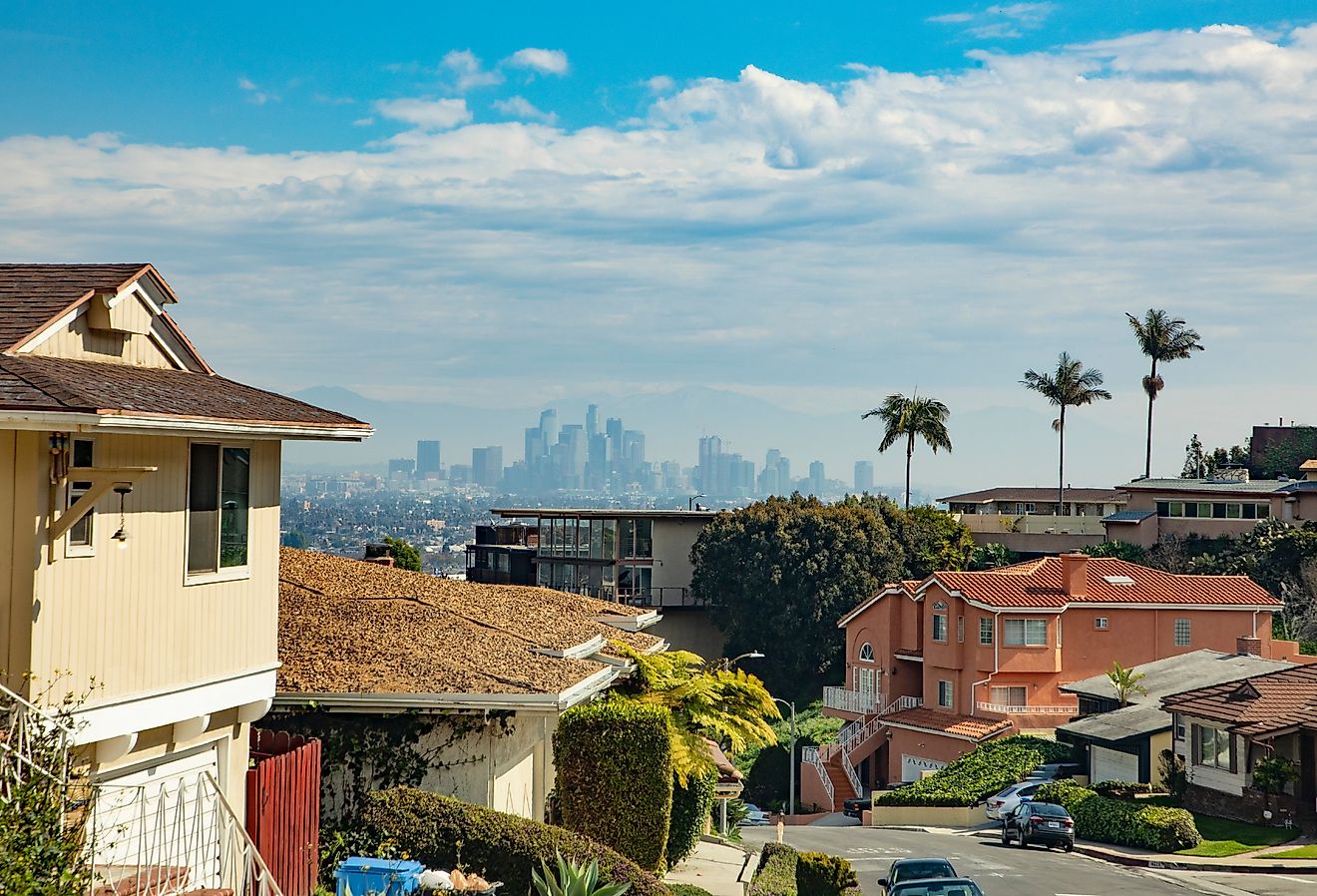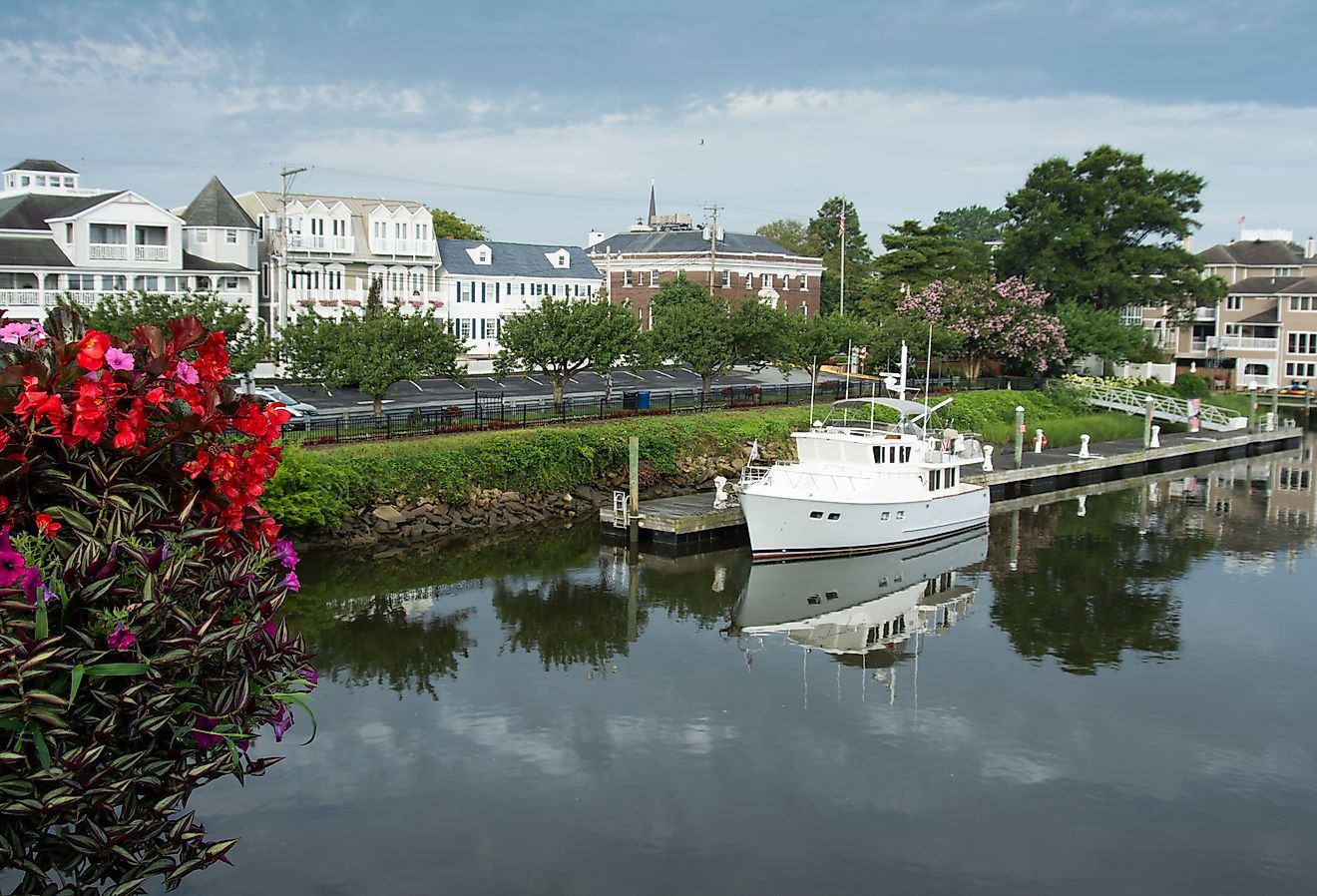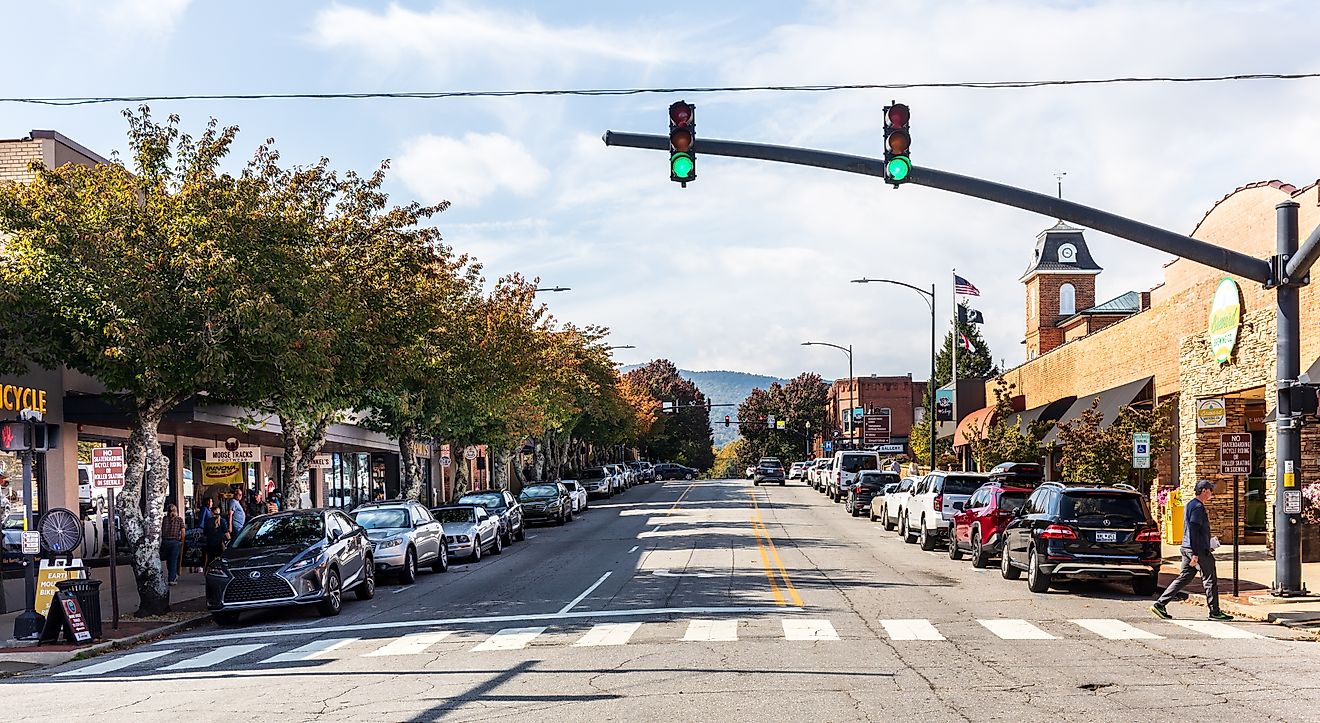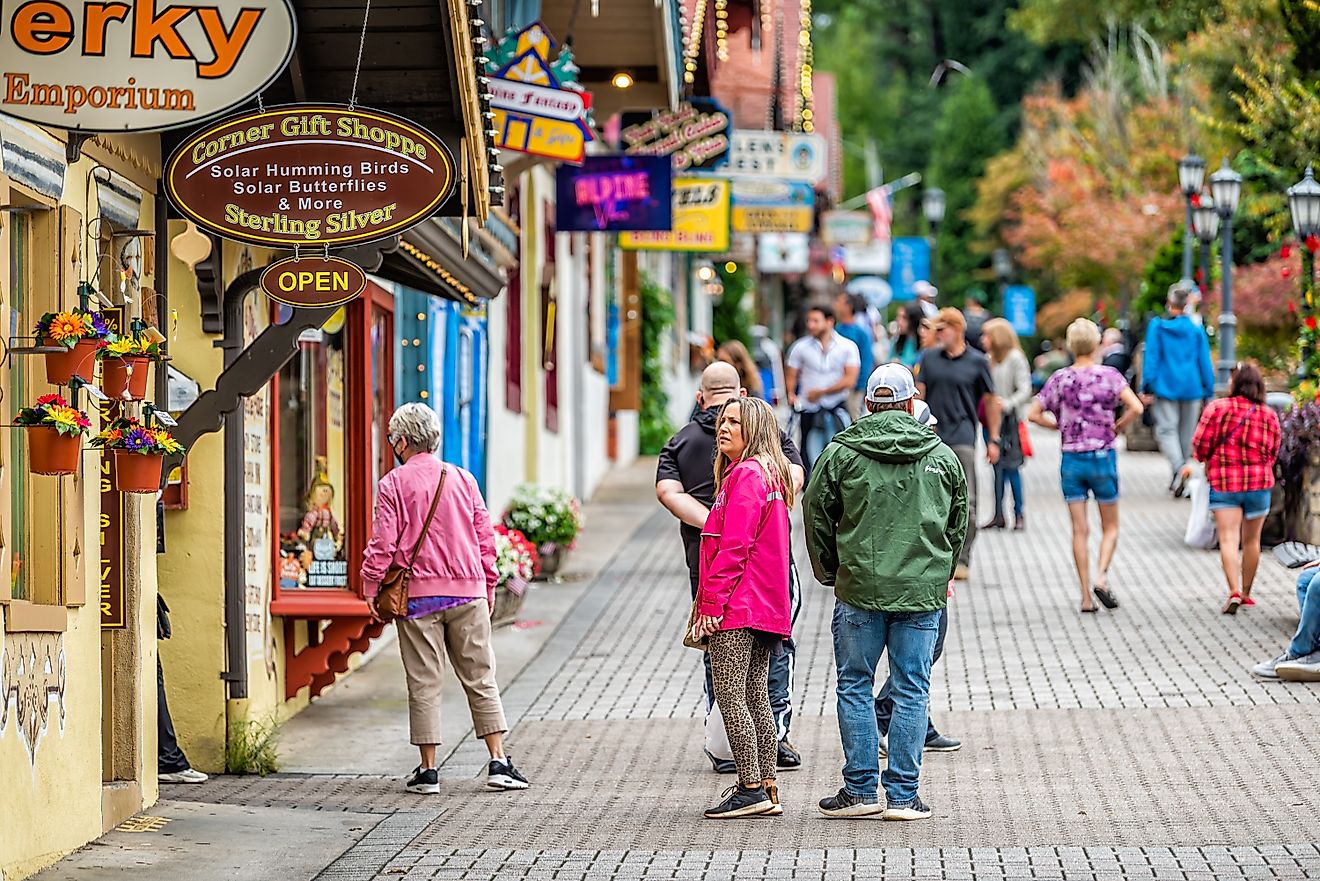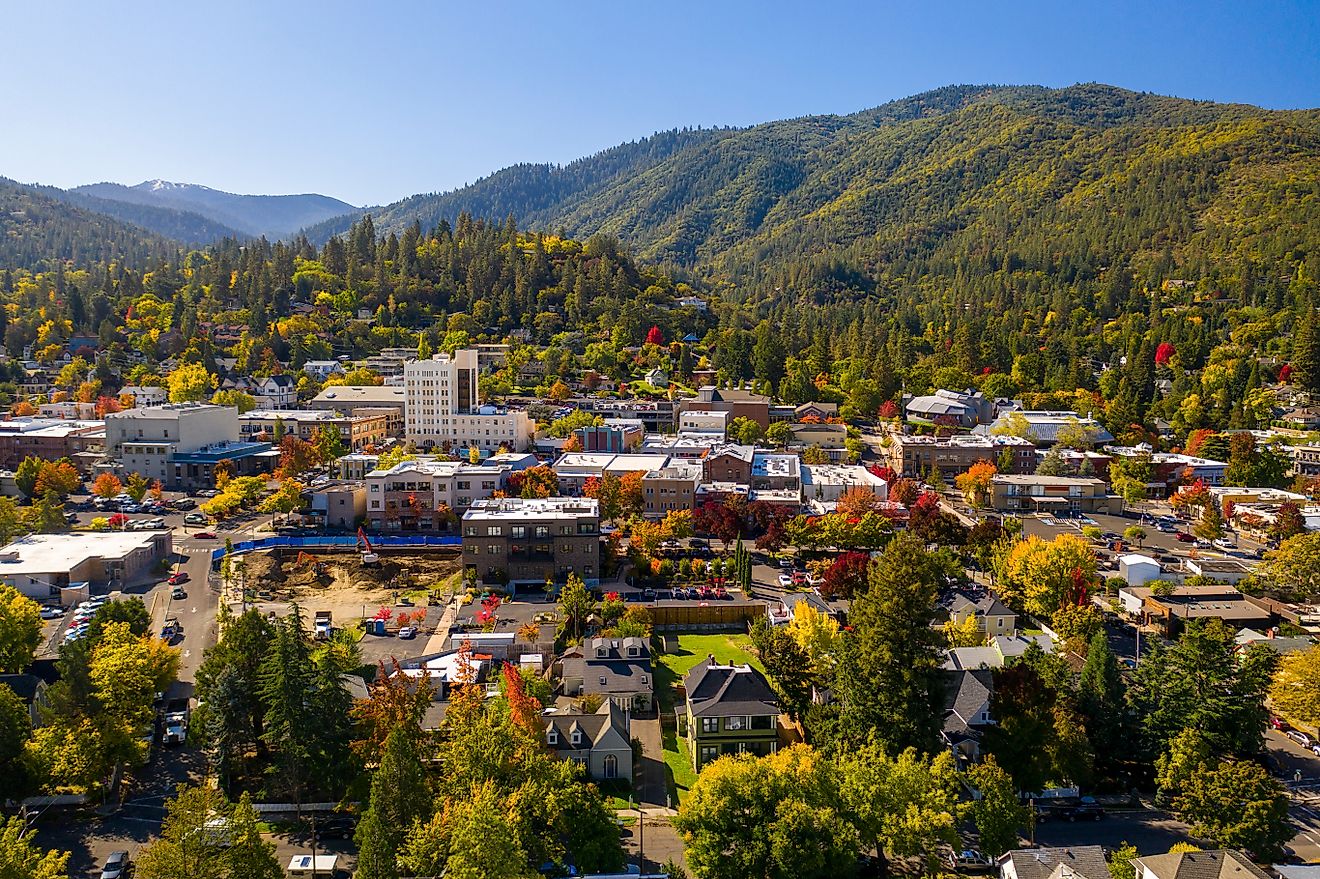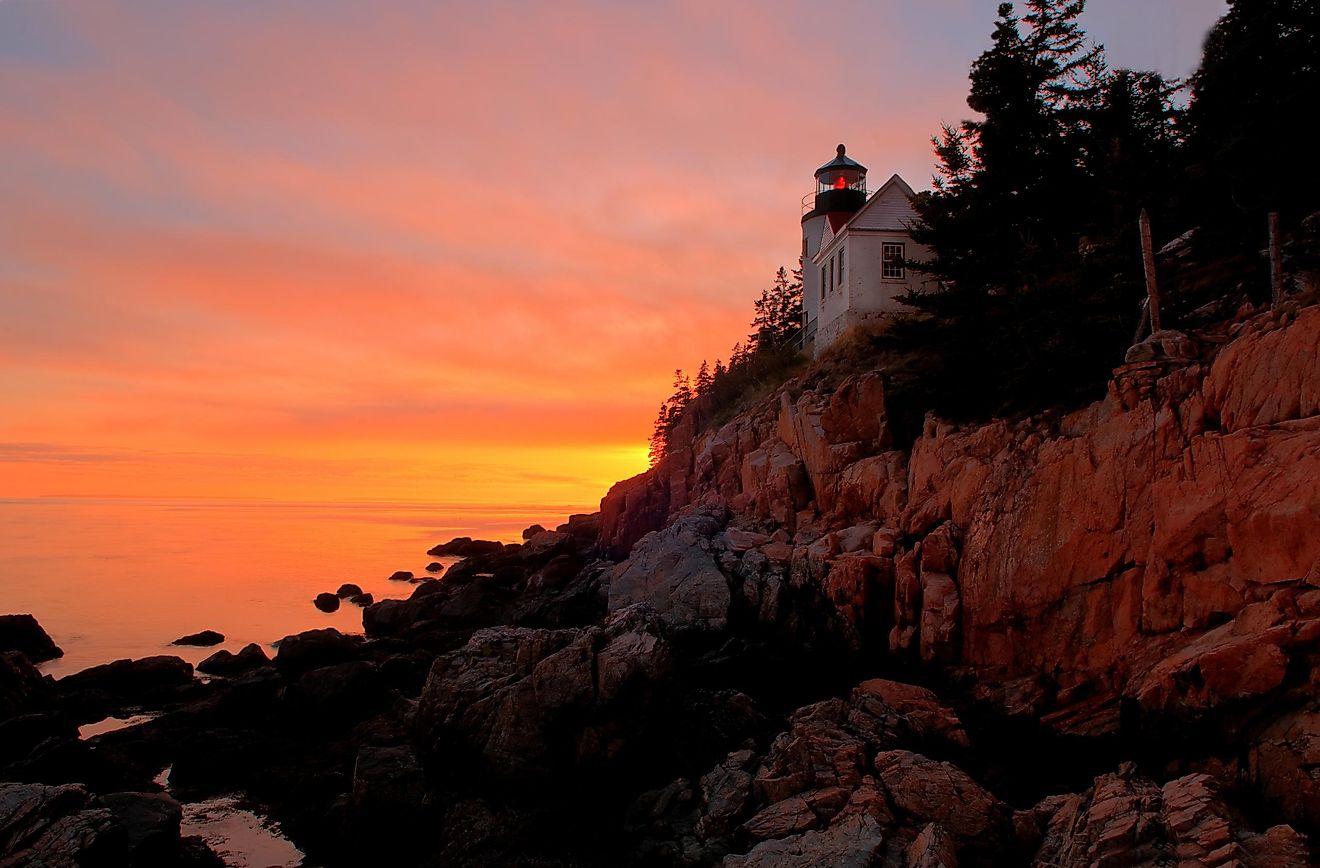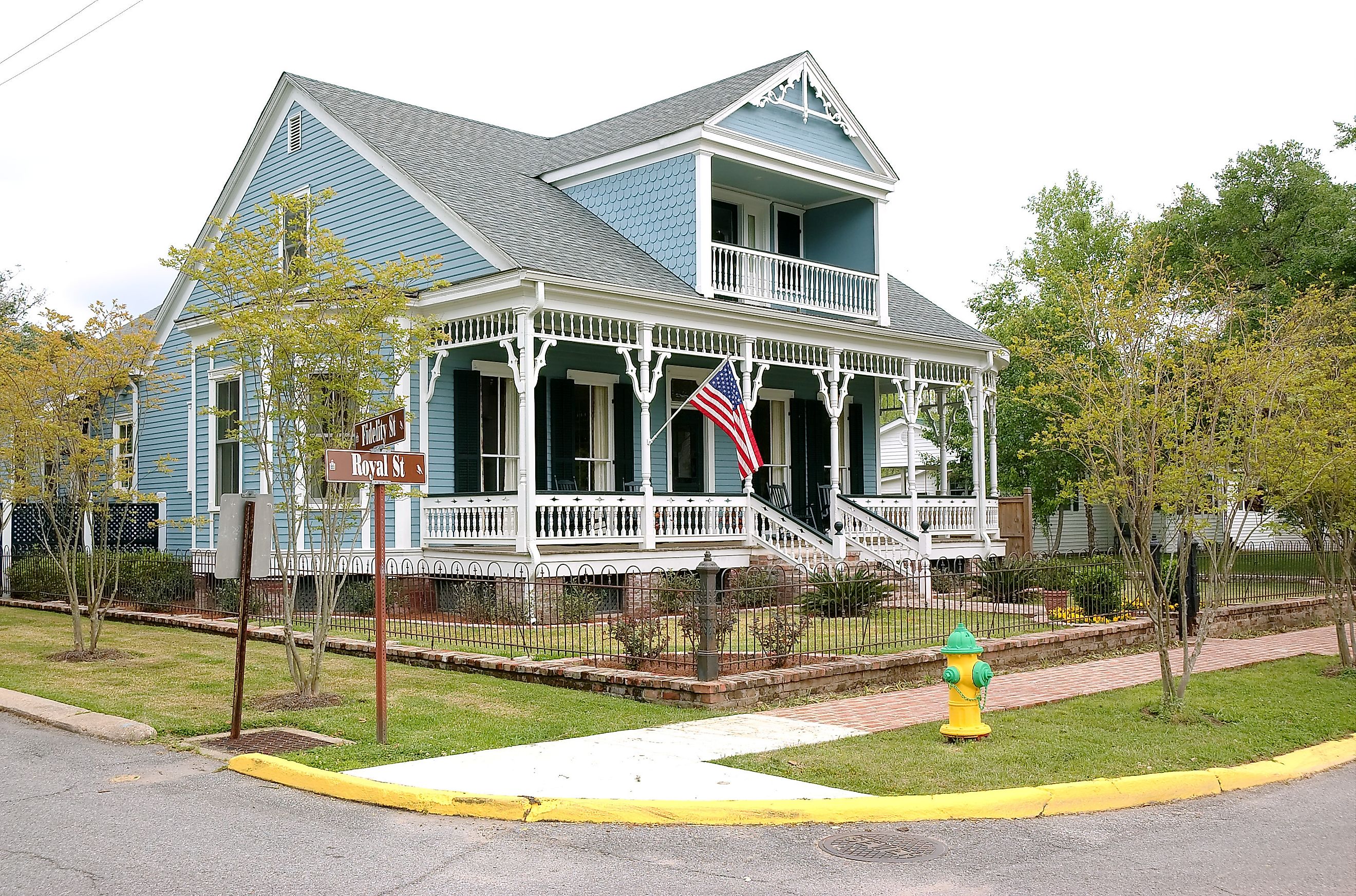
The Definitive Guide To Louisiana's Hidden Gems
Louisiana is a wonderful state along the Gulf Coast with iconic destinations like New Orleans that draw millions of visitors per year. We feel that the state has more to offer, however, and today we would like to focus on its smaller, less visited gems that you can explore today.
From rural towns that celebrate their crops in a number of ways to quaint yet historic downtown hubs, take a look at these fun and interesting communities that have so much to offer both residents and visitors alike.
St. Francisville
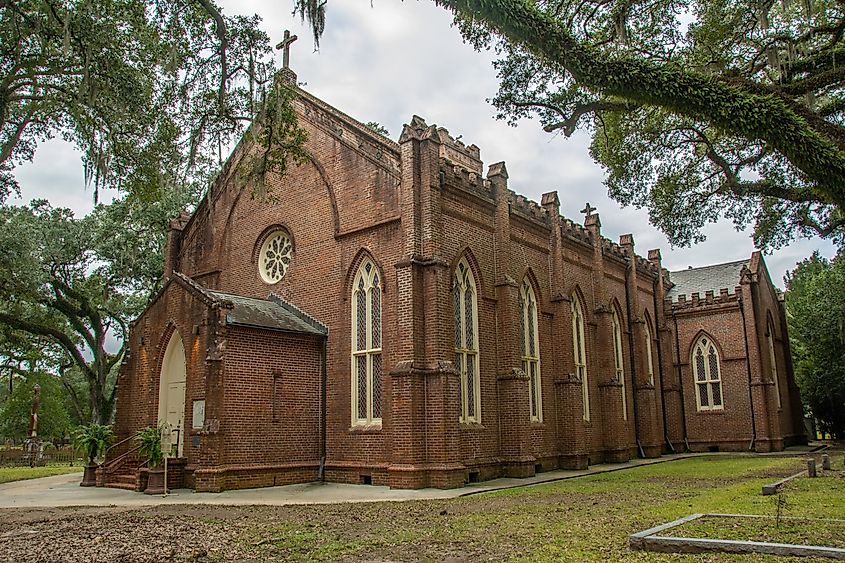
St. Francisville is a historic river town a short drive from Baton Rouge that is known for its antebellum architecture and other well-preserved landmarks. Once a key cotton port, it has since retained the relevance of its downtown area by housing a number of its businesses and galleries in its collection of 19th-century buildings. Its location along the Mississippi River also provides great natural views and lots of ways to explore the area.
Rosedown Plantation State Historic Site stands out as a must-visit locale, with its original furnishings and expansive gardens offering insight into Louisiana’s early plantation economy. Furthermore, the Myrtles Plantation, known for its ghost stories, attracts history enthusiasts and those intrigued by folklore and the paranormal. Nearby, the Audubon State Historic Site preserves Oakley Plantation, where famed naturalist John James Audubon completed several of his iconic bird illustrations.
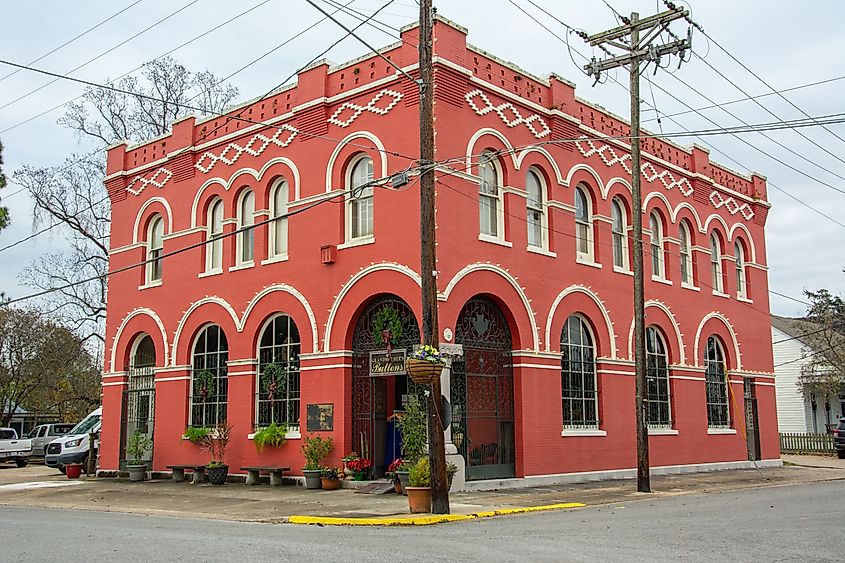
Besides exploring the riverfront, opportunities for outdoor activity can be found at Cat Island National Wildlife Refuge, home to towering bald cypress trees and diverse bird species. Moreover, Tunica Hills Wildlife Management Area features waterfalls, a rarity in the state of Louisana, and backcountry hiking trails.
St. Francisville remains one of the most compelling small towns to visit in Louisiana, with its meticulously preserved history, easy access to nature, and quiet charm.
Grand Coteau

Grand Coteau is a small town just north of Lafayette with deep French Creole roots and a number of significant religious sites and other examples of historic architecture.
Established throughout the early 1800s, it is home to the Academy of the Sacred Heart, one of the oldest Catholic schools in the United States, and St. Charles Borromeo Church, both central to the town’s identity. In fact, the town is perhaps best known for its connection to a documented 1866 miracle at the Academy of the Sacred Heart, recognized by the Vatican, in which Mary Wilson was seemingly miraculously cured of a debilitating disease. Visitors can now explore the school’s historic grounds and the nearby Jesuit Cemetery, where many early settlers and clergy are buried.

Downtown, many local shops and bakeries specialize in traditional Louisiana pastries, including the well-known Grand Coteau sweet dough pie, which is celebrated every year at the community Sweet Dough Pie Festival.
Surrounding the town, rolling farmland and oak groves make for an idyllic backdrop for a relaxing, more nature-oriented visit. Just a short drive away, Lake Martin is a popular spot for birdwatching and guided swamp tours.
Abita Springs

Abita Springs is quite an interesting location, being renowned mainly for its natural artesian waters. Originally developed as a resort town well over a hundred years ago, it became a destination for those seeking the supposed healing properties of its natural springs. Today, it retains a relaxed pace while offering a greater mix of outdoor recreation and interest in its longstanding history.
The Abita Springs Trailhead Museum provides insight into the town’s past and its association with the springs, showcasing detailed exhibits on its origins as a health retreat.
With great water comes great beer, and the Abita Brewing Company, one of Louisiana’s most recognized craft breweries, offers tours and tastings of its locally made brews to visitors.

Quirky roadside attractions are another unique draw in and around Abita Springs, such as the Abita Mystery House, which displays an eclectic collection of folk art and oddities, a great stop along any road trip in the area. Regular farmers’ markets and festivals, including the annual Abita Springs Busker Festival, highlight local music and crafts and make this south Louisiana destination a true cultural attraction throughout the year.
This town doesn't slump in terms of outdoor activity, too. The Tammany Trace, a 31-mile rail-to-trail path, runs through town and is popular for biking and walking. Also, the nearby Abita Creek Flatwoods Preserve protects rare pine savanna habitat, home to a population of carnivorous plants and other native wildlife.
Eunice
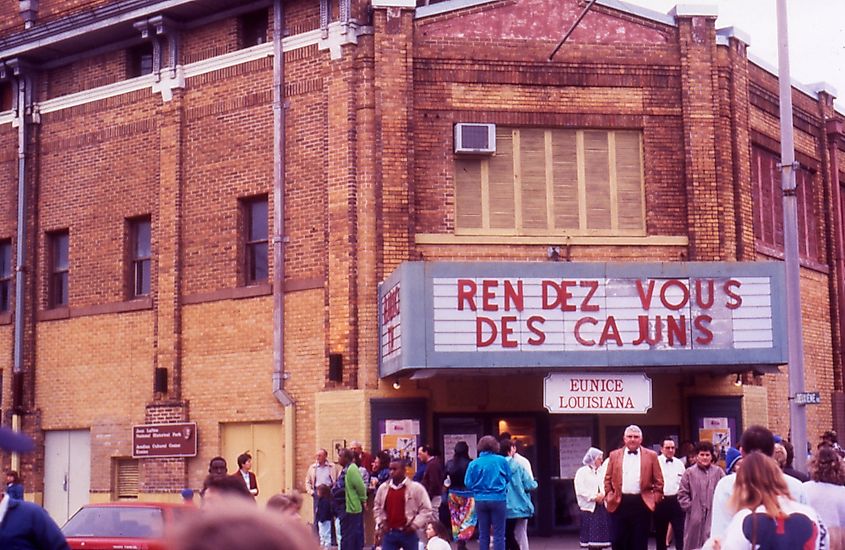
Eunice is a true center of Cajun culture, famous for its live music scene and traditional cuisine, which can be tired at its local eateries. Established as a railroad town, it remains a stronghold of French Louisiana traditions.
Its downtown features locally owned shops, historic buildings, and venues dedicated to preserving Cajun music and folklore. For example, the Cajun Music Hall of Fame and Museum highlights the region’s longstanding musical heritage, showcasing instruments, recordings, and memorabilia from various legendary performers. Actual Live performances take place at the Liberty Theater, where the weekly "Rendez-vous des Cajuns" radio show brings local musicians to the stage. The Prairie Acadian Cultural Center, part of Jean Lafitte National Historical Park, also houses a number of exhibits and demonstrations on Cajun food, crafts, and storytelling.

Eunice is also known for its boudin and cracklins two mouthwatering pork products that lousianans' have been enjoying for generations. In Eunince, numerous local meat markets and restaurants, like T Boys or The Superette, can be found serving these regional specialties.
Annual festivities like the Courir de Mardi Gras showcase old-style rural Mardi Gras traditions, featuring an event in which masked riders on horseback collect ingredients for a communal gumbo!
Jeanerette
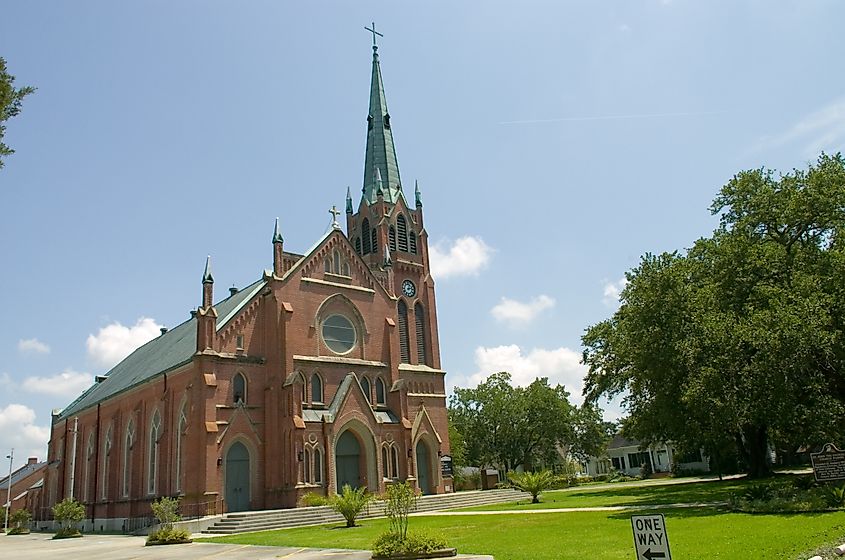
Jeanerette, aptly called the "Sugar City," has long been tied to Louisiana’s well-established sugarcane industry. As you can imagine, the town’s economy was shaped by sugar mills and steamboat shipping, and like many entries on this list, many of its buildings date back to more industrious times in the latter half of the 1800s.
The Jeanerette Museum, housed in a former cypress sawmill manager’s home, details the history of sugarcane farming in the region, steamboat commerce, and other local industries. The surrounding region also includes several historic plantations, such as Albania and Bayside, both reflecting the antebellum era’s impact on the area.
Local restaurants serve traditional Louisiana dishes, including seafood and Creole flavors influenced by the town’s diverse heritage. Yearly events, like the Jeanerette Sugar Festival, further celebrate the town’s agricultural roots with food, music, and activities for the whole family.
Nearby, Bayou Teche provides outdoor opportunities for paddling and birdwatching, with cypress-lined waters and abundant wildlife. Another option is Lake Fausse Pointe State Park, a short drive north of town that is a 6,000-acre parkland with places to launch your boat, prime fishing holes, a network of trails, and campsites for those who want to spend the night outside.
Experience Small-Town Louisiana Today
Louisiana’s small towns provide you with a great way to obtain a deeper understanding of the state’s history, culture, and scenic natural landscapes. Each destination mentioned above highlights a different aspect of Louisiana’s identity, from Cajun traditions and Creole heritage to rural industries and riverfront life.
Whether exploring historic districts, sampling regional cuisine, or paddling along bayous, you can experience the distinctive character that defines these communities on your next trip to the South, and unlike larger cities, these towns offer a slower pace and a stronger connection to local people and traditions that you simply can't get in a bustling metro area.
